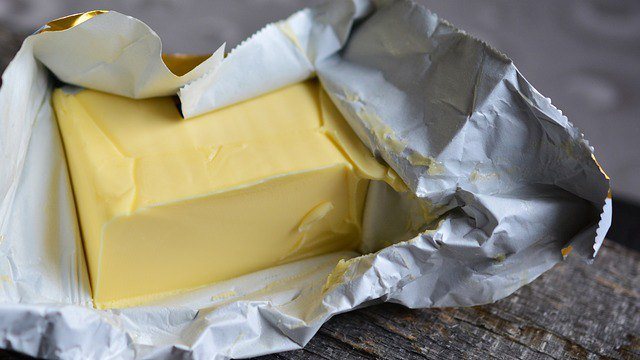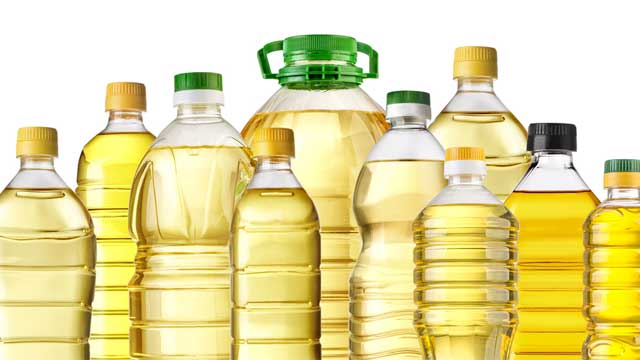If there's one thing that is obvious about the debate between butter and margarine is that butter is "better" than margarine. The argument is that butter is a natural product and margarine undergoes processes that make it unhealthy.
So, is it true, that butter is better than margarine?
This is a tricky question to tackle since those who lead dairy-free diets cannot or will not consume food that is made from or taken from animals. Does that make it any less good and less healthy than butter?
To better understand the reality of this debate, you have to know how butter is made and how margarine, too, is made.

Butter is made from milk.
Specifically, butter is made from the cream that is separated from freshly-drawn milk. This is easily done since cream floats to the top of milk. Traditionally, the cream can immediately be churned, but for food safety reasons, it's first heated to a temperature that will kill any bacteria that may be present in the milk and then safely chilled. This is also known as pasteurization.
Once cool, it's churned to separate the milk fat from the whey or buttermilk. The milk fat or butter are gathered together into a mass to create blocks of butter. It can be salted to give it more flavor or left unsalted before being packaged.
It sounds simple and it is because the processes that oil has to go through to make it solid is done by the cow or the animal from where the milk was taken from.

Margarine is made from vegetable oil.
Margarine was first invented in 1869 to create an alternative to butter during the war which was made from beef tallow (animal fat). Margarine isn't the only solid fat made from oil. Vegetable shortening which is commonly used for baking is also made in the same way as margarine. The difference is that vegetable shortening doesn't contain any food coloring, which is why it looks like lard.
To make margarine (and vegetable shortening), oil which is a liquid has to first undergo a series of processes to make it stable at high temperatures and remain solid. The three processes are cleaning, hydrogenation, and then the mixing of the ingredients.
The oil must first be "cleaned", and this is done using chemical solutions, filtration, and hot water to remove any components in the oil that isn't necessary. It may also undergo pasteurization to kill off any bacteria that may be present to make it safe for human consumption.
The oil is then hydrogenated, also known as the hardening or solidifying of liquid fats. When this is done properly, it results in an oil that can withstand higher temperatures and remain solid. (This is the reason why margarine, which has a higher melting point than butter, is more stable than butter in tropical weather.) When done improperly or is incomplete or impartial, however, this can result in a fat that contains unhealthy or trans fats. (Modern food manufacturing has advanced to prevent this.) It is also "bleached" to remove any unappetizing color which is why vegetable shortening is a translucent white color like lard. Activated charcoal or clay are common bleaching materials.
Finally, the ingredients to make margarine are combined. This includes salt, natural food coloring which accounts for its yellow color (this is commonly made from atsuete or annatto seeds), and other flavors and nutrients to make it more appetizing to the consumer. This solid fat is then shaped and packaged.

It should be noted that, commonly, the chemicals and other substances used in these processes are usually food-grade, meaning it can be consumed or safe to come into contact with food. It should also be noted that there are government standards in place for the safe production of food such as margarine and the Food and Drug Administration (FDA) of the Philippines enforces it.
Margarine is made from oil, and it has to undergo many processes that butter does not to mimic it. What's wonderful about margarine is that any edible, liquid oil can be transformed into a solid fat that remains solid at room temperature. This means that olive oil, corn oil, canola oil, peanut oil, avocado oil, safflower oil, soybean oil, and even coconut oil which stays solid at higher temperatures than other oil can be made into a kind of butter.
***
Thinking about what to cook next? Join our Facebook group, Yummy Pinoy Cooking Club, to get more recipe ideas, share your own dishes, and find out what the rest of the community are making and eating!
Got your own version of the classic dishes? Pa-share naman! Get your recipe published on Yummy.ph by submitting your recipe here!







